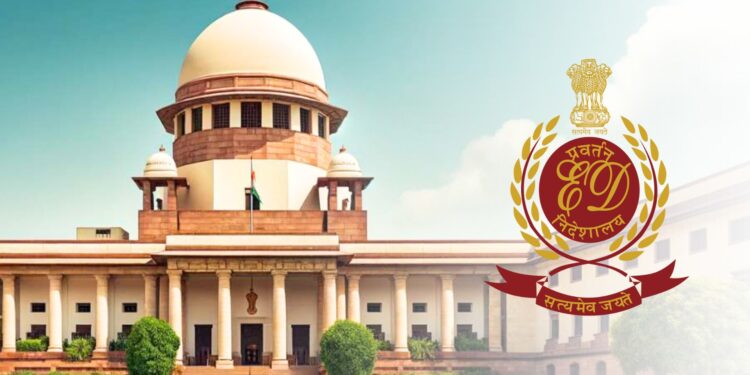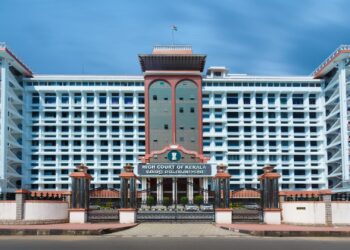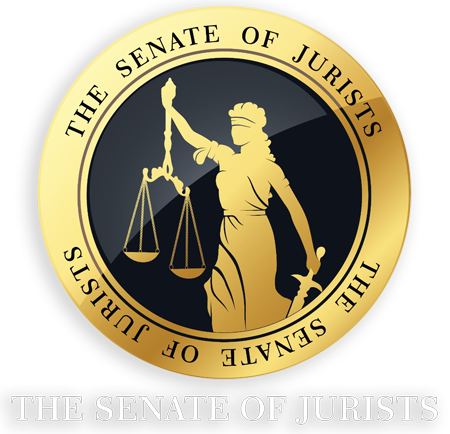In a major shift in the Bhushan Power insolvency case, the Enforcement Directorate (ED) informed the Supreme Court that its appeal against JSW Steel’s takeover of Bhushan Power and Steel may no longer need to be pursued due to the provisions of Section 32A of the Insolvency and Bankruptcy Code (IBC).
Section 32A, introduced in December 2019, offers immunity to corporate debtors and their assets from prosecution or attachment once a resolution plan is approved during insolvency proceedings. This provision aims to ensure that the company’s assets are protected and free from prosecution or attachment, allowing the resolution plan to proceed smoothly. Before the introduction of Section 32A, the ED had argued that the immunity should not apply to Bhushan Power, since the ED had already attached its assets before the amendment came into effect.
However, Solicitor General Tushar Mehta, appearing on behalf of the ED, conceded during the hearing on December 2 that in light of Section 32A, the ED may not need to pursue its appeal. “Now there is an amendment in the Act, Section 32A, which says those liabilities would not continue so far as the new successful resolution applicant is concerned. So my appeal may not perhaps be required to be argued given Section 32A,” Mehta stated.
Despite this shift in the ED’s stance, Mehta pointed out that the ED had made a case under Section 29A of the IBC, which disqualifies certain parties from being eligible to submit a resolution plan. He argued that Bhushan Power and JSW Steel were related entities through their joint venture, which could lead to the resolution plan being disqualified under Section 29A. This suggests that, even though the immunity granted by Section 32A may apply, there are still legal issues to be addressed regarding the eligibility of JSW Steel as the resolution applicant.
Earlier, the ED had opposed the resolution plan, claiming that the assets attached under the Prevention of Money Laundering Act (PMLA) were tainted and thus could not benefit from the protection offered by Section 32A. The ED argued that these assets were connected to alleged criminal activities, and therefore, JSW Steel should not be allowed to take over Bhushan Power under the immunity provided by the IBC.
However, the National Company Law Tribunal (NCLT) approved JSW Steel’s resolution plan in September 2019, and the National Company Law Appellate Tribunal (NCLAT) upheld this decision in February 2020, even vacating the attachment of Bhushan Power’s assets by the ED. The ED then approached the Supreme Court, arguing that the immunity under Section 32A should not apply in this case.
Now, with the ED’s recent acknowledgement of Section 32A’s provisions, its previous argument against the resolution plan has weakened, though the ED still maintains concerns related to Section 29A. This complex legal issue has raised questions about how related party transactions should be treated under the IBC and whether a company’s resolution plan should be approved when linked entities are involved.
In addition to its appeal in the Bhushan Power case, the ED is also challenging a recent ruling by the Bombay High Court, which held that the NCLT has jurisdiction to lift attachments under PMLA. The ED contends that the NCLT cannot override the provisions of the PMLA when assets are seized for criminal proceedings. This case is pending before a bench of the Supreme Court led by Justice AS Oka, which has stayed the High Court’s ruling, pending further deliberations.
The final resolution of these matters will likely have far-reaching implications on the interplay between insolvency proceedings and enforcement actions by regulatory agencies. If Section 32A is upheld in this context, it could strengthen the legal protections for companies undergoing resolution processes, while also clarifying the extent to which enforcement agencies can attach assets during insolvency.

















